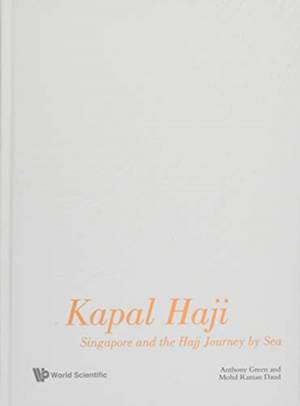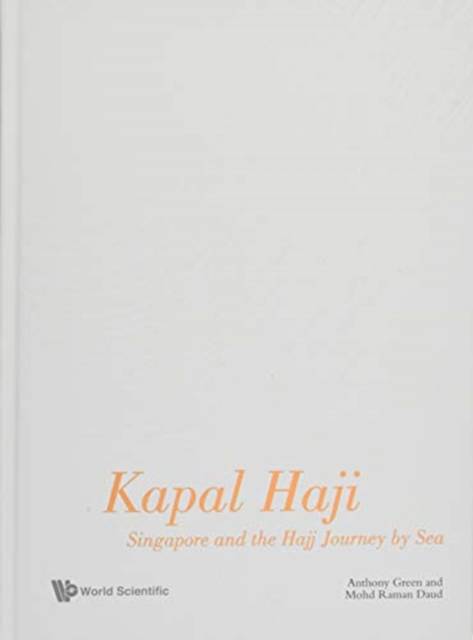
- Afhalen na 1 uur in een winkel met voorraad
- Gratis thuislevering in België vanaf € 30
- Ruim aanbod met 7 miljoen producten
- Afhalen na 1 uur in een winkel met voorraad
- Gratis thuislevering in België vanaf € 30
- Ruim aanbod met 7 miljoen producten
Zoeken
€ 68,95
+ 137 punten
Omschrijving
The hajj calls Muslims to journey to Mecca from wherever they are across the world. Of the far-flung communities one of the largest is that of the Muslims of Southeast Asia, and within that region in times past, one of the principal centres for hajj transit and transport was Singapore. If modern air travel bridges continents within hours, before the 1970s, pilgrim travel from Southeast Asia was by sea, and distance and difficulties were far more strongly felt. Hajj pilgrims then might take a lifetime to save for the journey, so a great many were old and frail, yet no real records remain and very few personal accounts exist of the experience, the tests, or fears along the way, of the time spent under sail or by 'steam.' This book sets out to describe the development of hajj shipping and the historical place of Singapore in this network. And, through anecdotes and comparisons, images and maps, to paint a picture of what this hajj journey by sea entailed and, in that sense, to offer a kind of 'human face' to the journey.Related Link(s)
Specificaties
Betrokkenen
- Auteur(s):
- Uitgeverij:
Inhoud
- Aantal bladzijden:
- 264
- Taal:
- Engels
Eigenschappen
- Productcode (EAN):
- 9789811212536
- Verschijningsdatum:
- 19/11/2019
- Uitvoering:
- Hardcover
- Formaat:
- Genaaid
- Afmetingen:
- 173 mm x 236 mm
- Gewicht:
- 544 g

Alleen bij Standaard Boekhandel
+ 137 punten op je klantenkaart van Standaard Boekhandel
Beoordelingen
We publiceren alleen reviews die voldoen aan de voorwaarden voor reviews. Bekijk onze voorwaarden voor reviews.











